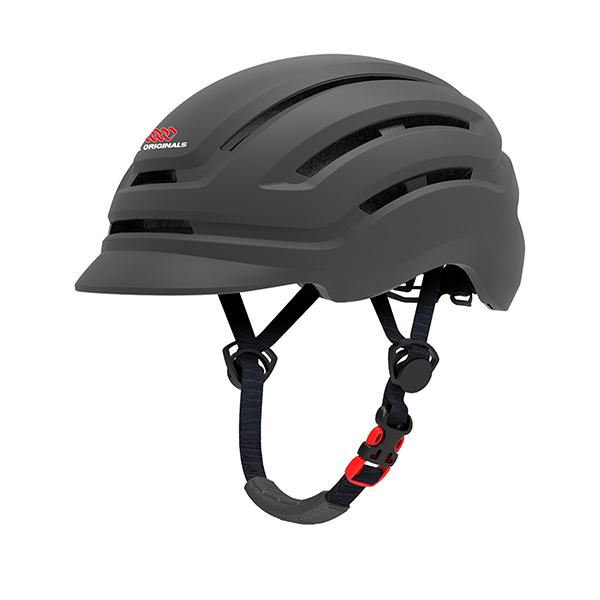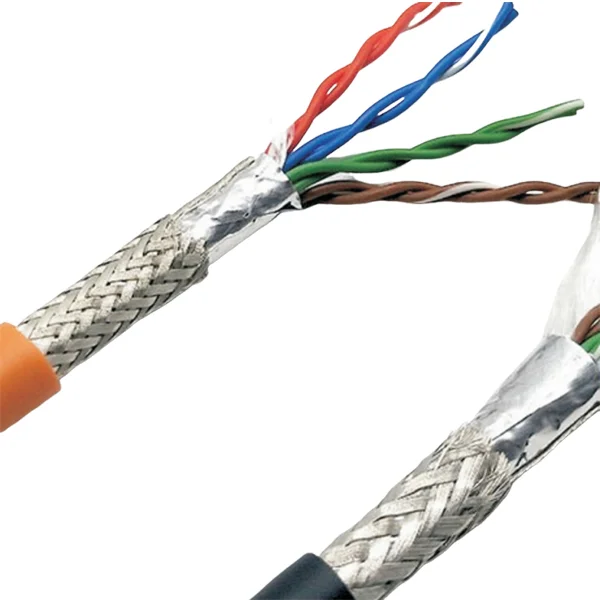In an age where technology is omnipresent, the reliability of electronic components is paramount. From smartphones to sophisticated industrial machinery, the performance and longevity of these components can significantly impact overall functionality. A common question arises: Do electronic components wear out? The answer is nuanced and requires an exploration of various factors, including the types of components, their operational environments, and the mechanisms of wear and tear.
Understanding Electronic Components
Electronic components are the building blocks of electronic circuits. They include resistors, capacitors, inductors, diodes, transistors, and integrated circuits (ICs). Each of these components has distinct characteristics and functions, which influence their durability and lifespan.
- Passive Components: Resistors, capacitors, and inductors fall under this category. Generally, passive components are less prone to wear compared to active components. However, they can still degrade over time due to environmental factors such as temperature fluctuations, humidity, and voltage stress. For instance, electrolytic capacitors can dry out, leading to reduced capacitance and eventual failure.
- Active Components: These include transistors and ICs, which are more susceptible to wear due to their complex structures and functions. Active components can experience issues such as thermal fatigue, electromigration, and dielectric breakdown, which can lead to performance degradation over time.
Mechanisms of Wear and Tear
The wear and tear of electronic components can be attributed to several mechanisms:
- Thermal Stress: Heat is one of the primary enemies of electronic components. Excessive heat can cause materials to expand and contract, leading to mechanical stress. Over time, this can result in cracks and failures, particularly in solder joints and semiconductor materials.
- Electrical Stress: High voltage and current can lead to phenomena such as dielectric breakdown in capacitors and electromigration in ICs. Electromigration is particularly concerning in modern microelectronics, where the miniaturization of components means that even small amounts of current can displace atoms in conductive materials, leading to circuit failures.
- Environmental Factors: Humidity, dust, and corrosive substances can significantly impact the longevity of electronic components. For example, moisture can lead to corrosion of metal contacts, while dust accumulation can cause overheating by obstructing airflow in devices.
- Mechanical Stress: Vibration and physical shocks can also contribute to the wear of electronic components. This is especially critical in applications such as automotive and aerospace, where components are subjected to harsh conditions.
Lifespan and Reliability Testing
To ensure the reliability of electronic components, manufacturers conduct rigorous testing. This includes:
- Accelerated Life Testing (ALT): This method simulates the aging process by exposing components to elevated stress conditions, allowing manufacturers to predict lifespan and failure rates.
- Environmental Testing: Components are subjected to extreme temperatures, humidity, and other environmental factors to assess their durability.
- Reliability Standards: Organizations such as the Institute of Electrical and Electronics Engineers (IEEE) and the International Electrotechnical Commission (IEC) provide guidelines and standards for testing the reliability of electronic components.
Mitigating Wear and Extending Lifespan
While wear and tear are inevitable, several strategies can be employed to mitigate their effects and extend the lifespan of electronic components:
- Thermal Management: Implementing effective cooling solutions, such as heat sinks and fans, can help maintain optimal operating temperatures and reduce thermal stress.
- Quality Components: Investing in high-quality components that are rated for specific applications can significantly enhance reliability. Components designed for high-stress environments often have better resistance to wear.
- Regular Maintenance: For systems that require long-term operation, regular maintenance and inspections can help identify potential issues before they lead to component failure.
- Environmental Controls: In sensitive applications, controlling the operating environment—such as humidity and dust levels—can greatly enhance component longevity.
Conclusion
In conclusion, electronic components do wear out, but the extent and nature of this wear depend on various factors, including component type, operational conditions, and environmental influences. Understanding the mechanisms of wear and implementing strategies to mitigate their effects can significantly enhance the reliability and lifespan of electronic components. As technology continues to evolve, ongoing research and development in materials science and engineering will play a crucial role in improving the durability of these essential components, ensuring that they meet the demands of an increasingly complex technological landscape.



